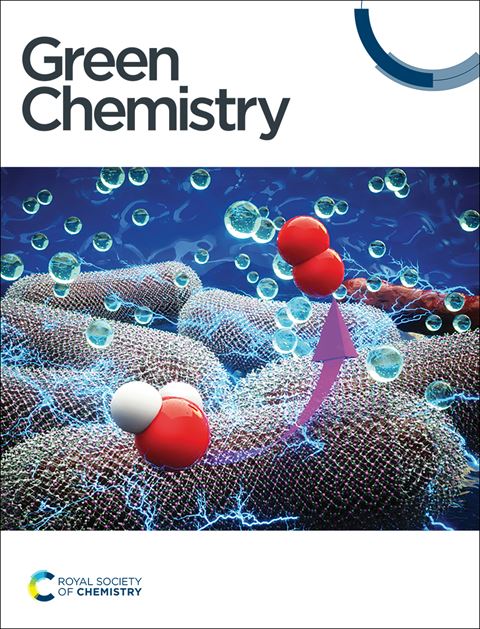Electrophotochemical ligand-to-metal charge transfer catalysis: an emerging platform for sustainable synthesis
IF 9.3
1区 化学
Q1 CHEMISTRY, MULTIDISCIPLINARY
引用次数: 0
Abstract
Electrophotochemical ligand-to-metal charge transfer (LMCT) catalysis has contributed to advancing sustainable radical chemistry by exploiting both visible light and electricity as clean energy inputs. Moreover, electrophotochemical LMCT catalysis is not only beneficial for selective activation of metal-bound ligands even in the presence of more electron-rich moieties, but also exhibits high functional group compatibility due to the low operating potentials resulting from the inherent inner-sphere reactivity mode. Here we highlight the advancements in the field of electrophotochemical LMCT catalysis, with an emphasis on the substrate scope, reaction limitations as well as mechanistic insights. At the end of this review, we provide our views on current challenges and future potential opportunities in this emerging field.

求助全文
约1分钟内获得全文
求助全文
来源期刊

Green Chemistry
化学-化学综合
CiteScore
16.10
自引率
7.10%
发文量
677
审稿时长
1.4 months
期刊介绍:
Green Chemistry is a journal that provides a unique forum for the publication of innovative research on the development of alternative green and sustainable technologies. The scope of Green Chemistry is based on the definition proposed by Anastas and Warner (Green Chemistry: Theory and Practice, P T Anastas and J C Warner, Oxford University Press, Oxford, 1998), which defines green chemistry as the utilisation of a set of principles that reduces or eliminates the use or generation of hazardous substances in the design, manufacture and application of chemical products. Green Chemistry aims to reduce the environmental impact of the chemical enterprise by developing a technology base that is inherently non-toxic to living things and the environment. The journal welcomes submissions on all aspects of research relating to this endeavor and publishes original and significant cutting-edge research that is likely to be of wide general appeal. For a work to be published, it must present a significant advance in green chemistry, including a comparison with existing methods and a demonstration of advantages over those methods.
 求助内容:
求助内容: 应助结果提醒方式:
应助结果提醒方式:


